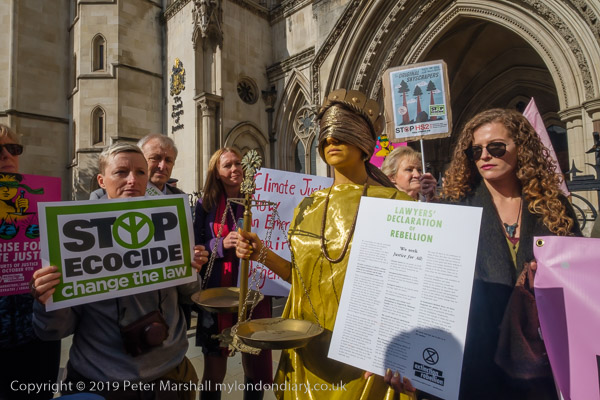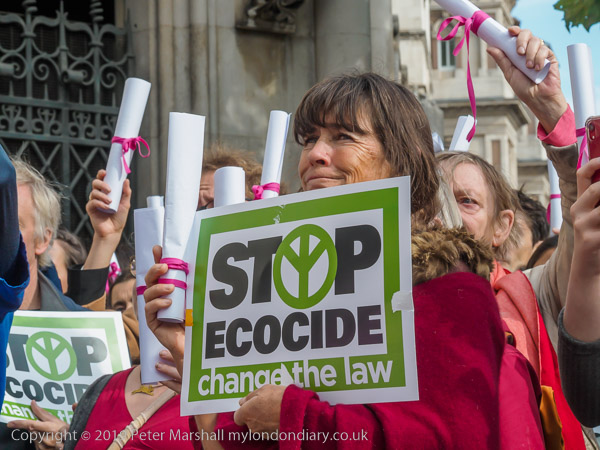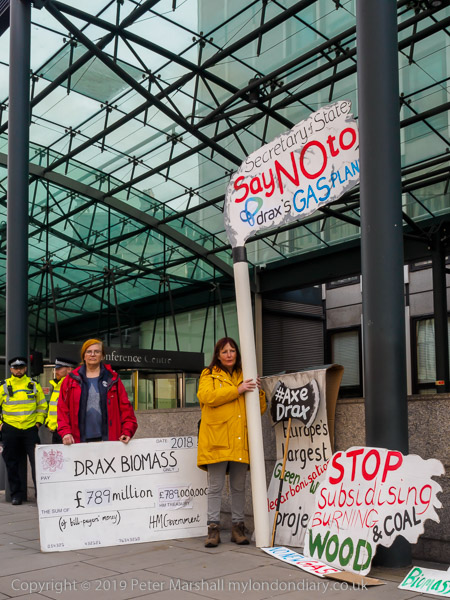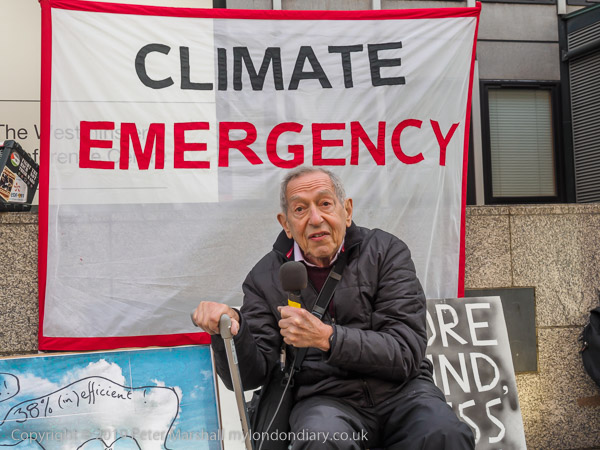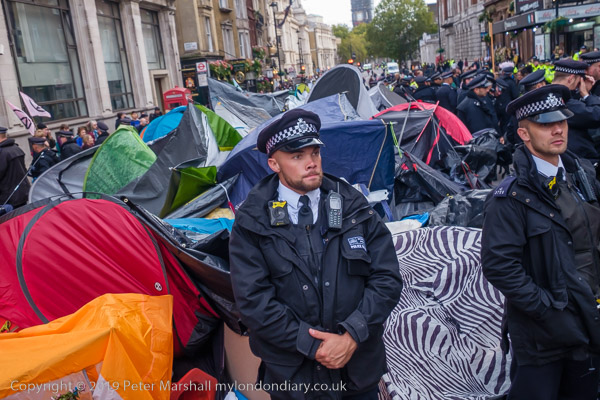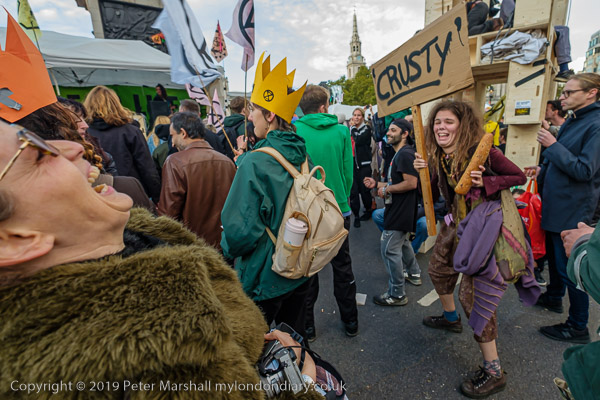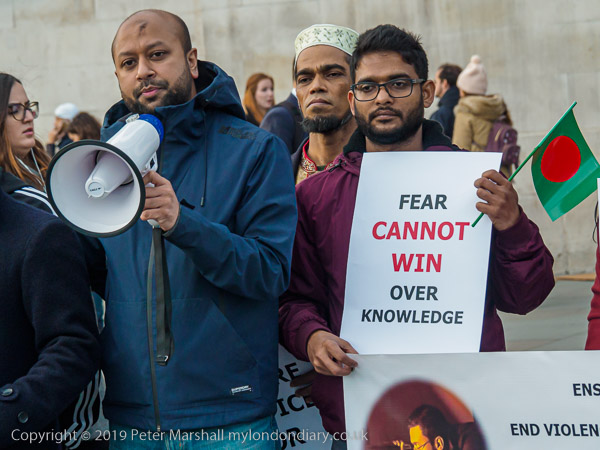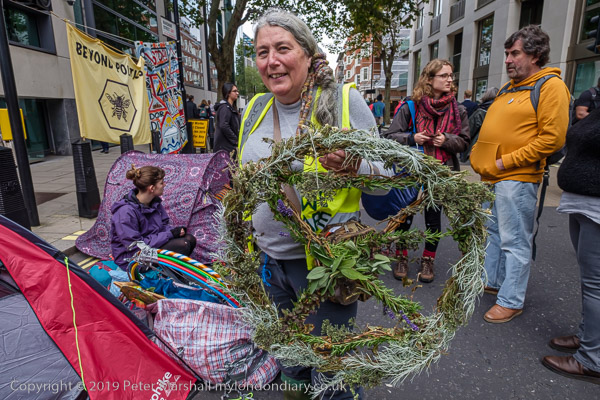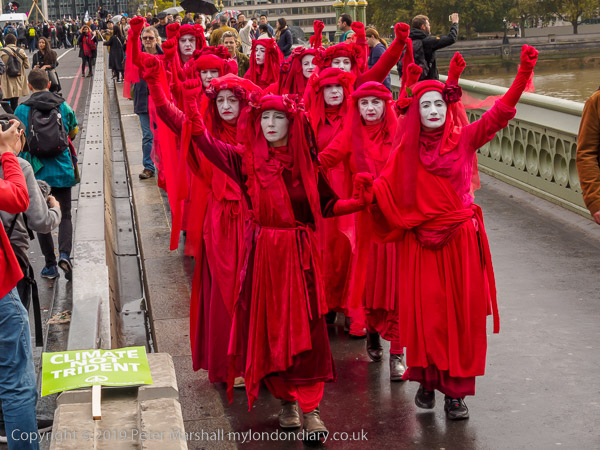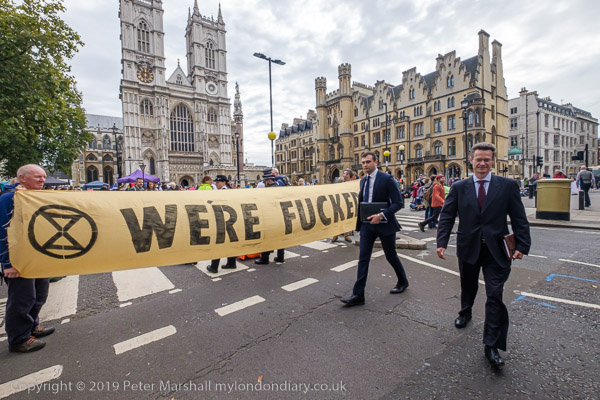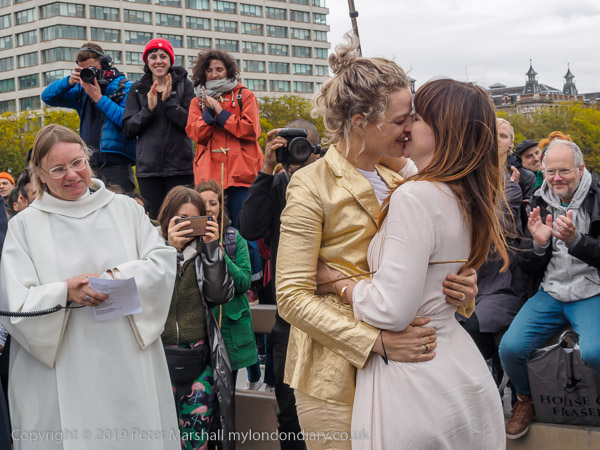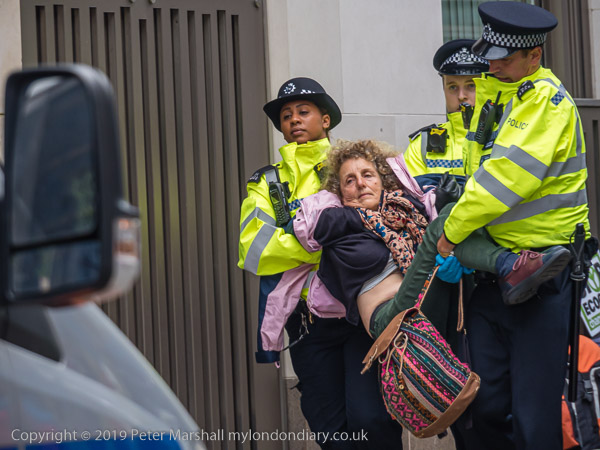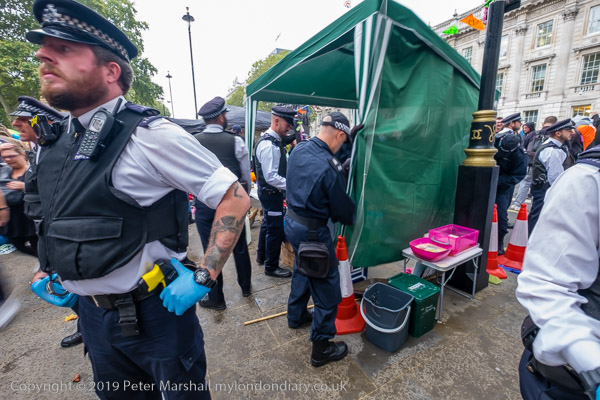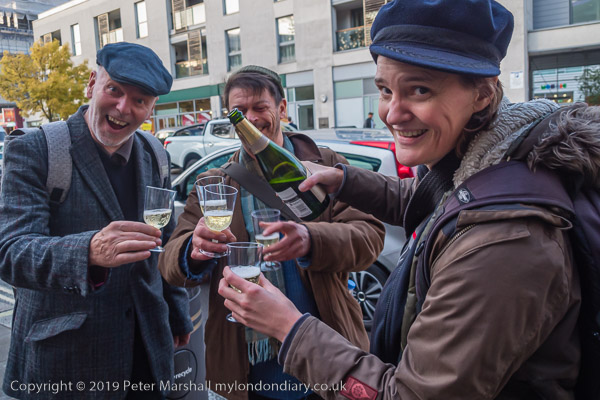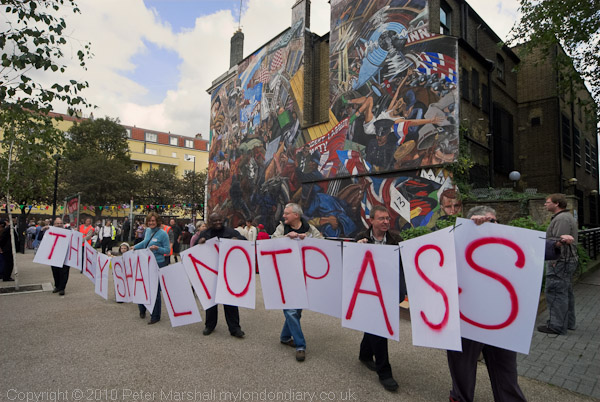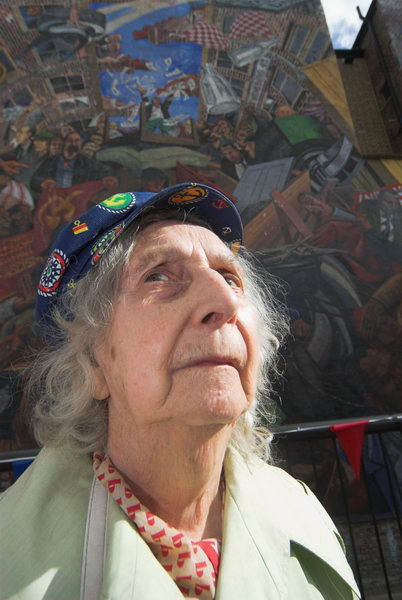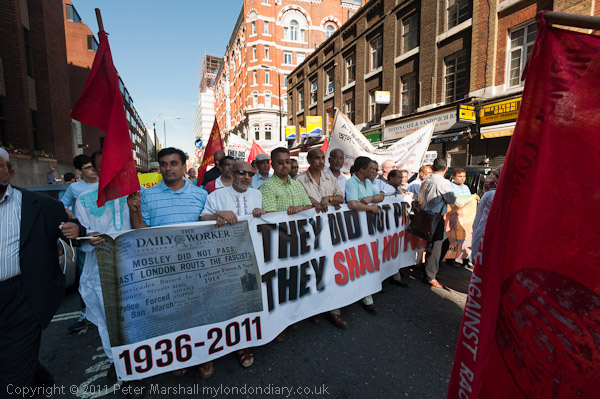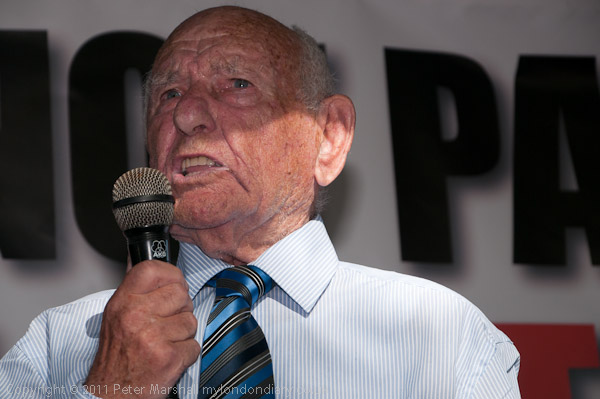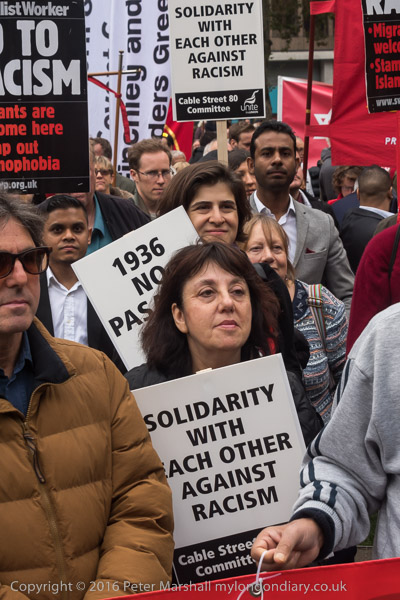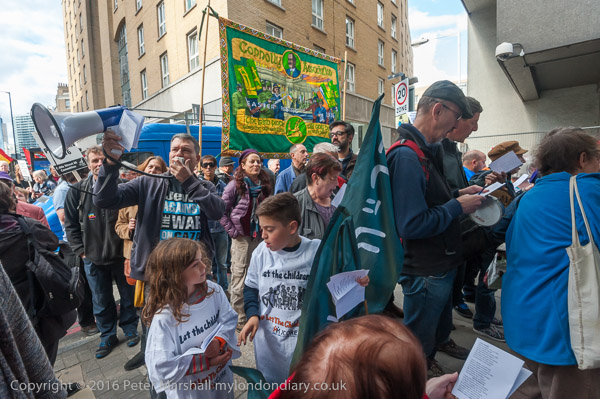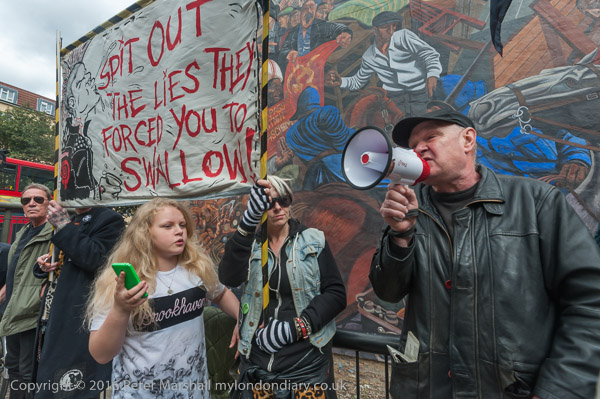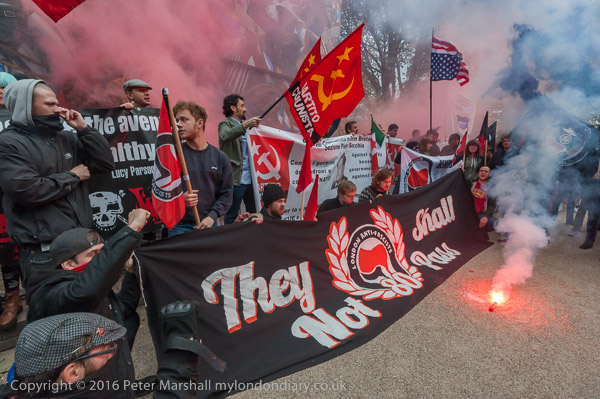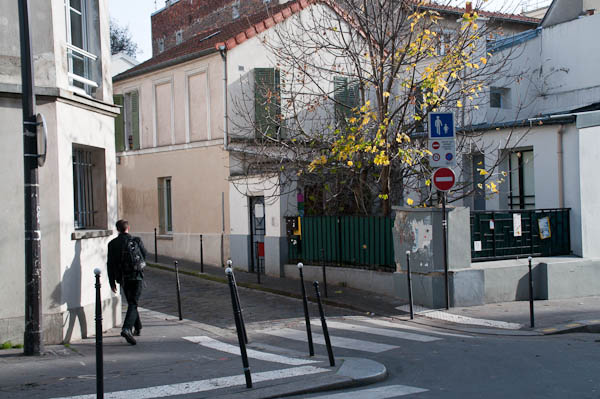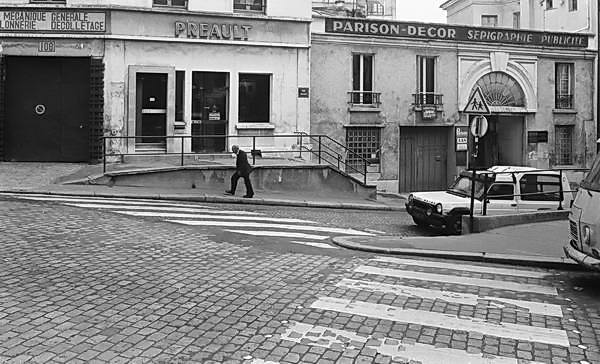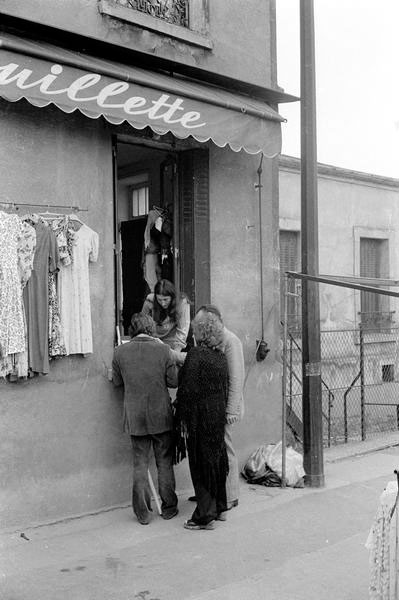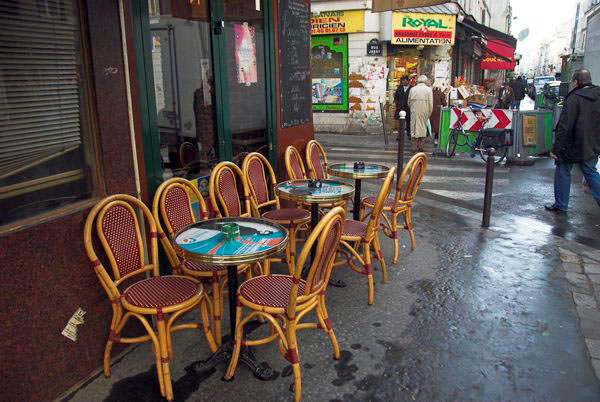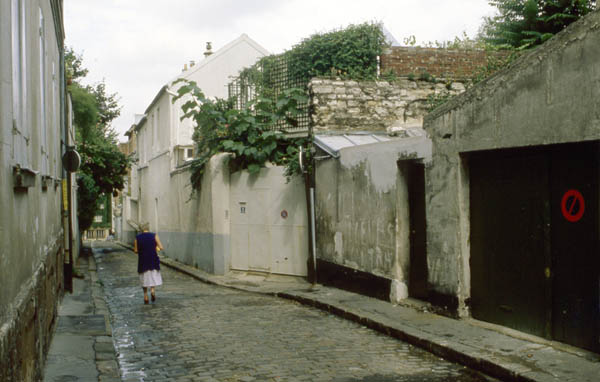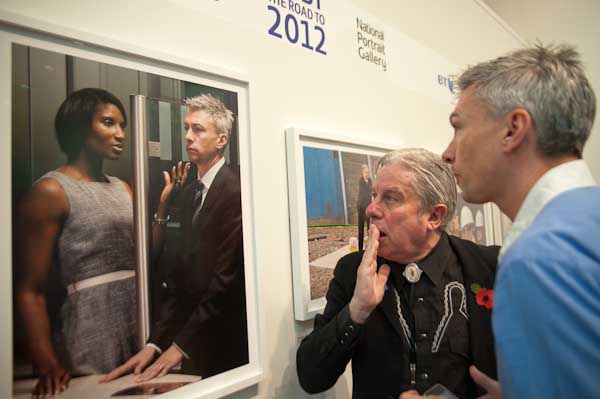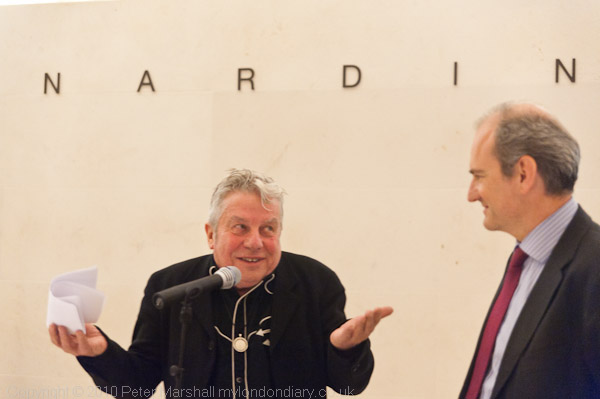Although I’d been making the occasional panoramic image over the years, taking a series of pictures and painstakingly cutting and pasting several prints to produce a seldom quite convincing join, it was only late in 1991 that I finally bought a camera capable of taking true panoramic images.
It’s hard now to imagine how difficult it was to produce panoramic images back in those pre-digital days – unless you could afford an expensive panoramic camera. Nowadays many cheaper digital cameras come with a ‘panoramic’ mode (though I’ve never managed to use one to produce an image that survived close scrutiny) and both specialised “stitching” software and more general programs such as Photoshop make joining several frames just a matter of a few clicks.
It was the Soviet Union, and Krasnogorsky Mechanicheskiy Zavod (KMZ) that first introduced a reasonably priced panoramic camera to a wider audience, with the Horizont, available from 1966-73, but at the time I wasn’t interested in panoramic photography. Like their Zenith SLR cameras which I started serious photography with this was pretty basic and had a possibly undeserved reputation as being something of a problem to use.
When I bought my first panoramic camera in 1991 it was a Japanese model, a Widelux F8, a similar swing lens camera to the Horizont but with a wider 140 degree angle of view and rather smoother operation. It was also considerably more expensive and I think cost me almost a month’s salary.
Although the camera worked smoothly, its viewfinder was abysmal, and I made landscape pictures with the camera on a tripod and using two arrows showing the field of view on the top of the camera body, with a spirit level in the accessory shoe to level the camera. But for the carnival and similar images of events I used it handheld.
In later years I bought the revised version of the Russian camera, now with a similar mechanism encased in a plastic body and called Horizon (there were several slightly different models.) The viewfinder was so much better than than Widelux and thankfully incorporated a spirit bubble – and the cameras were less than a tenth of the price (I used at least two over the years, one ridiculously cheap from a clearly illegal operation in the Ukraine, evading any customs duties.)
The only colour images I can find from Notting Hill Carnival in 1992 were taken with the Widelux, and appear to have been taken in two relatively short periods, one on Ladbroke Grove and the other on Elkstone Rd. There are some more, some rather similar to those in this post, in my Flickr album Notting Hill Panoramas -1992.
All photographs on this and my other sites, unless otherwise stated, are taken by and copyright of Peter Marshall, and are available for reproduction or can be bought as prints.







